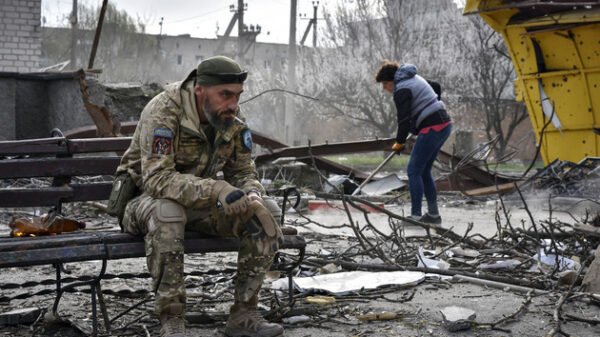The Rise of the Kate Body-Double Conspiracy Theory: Mapping Its Journey Through Social Media
It’s a body-double! There’s no way that’s Kate!”
This morning, the first video appearing on my social media feed showcased an amateur sleuth advancing a baseless conspiracy theory alleging that footage of the Princess of Wales at a farm shop with her husband, as published by the Sun newspaper, was actually featuring a well-known professional impersonator. This claim lacks evidence and is merely the latest instance of misinformation spreading on social media regarding Catherine’s well-being.
Questions and unfounded assertions about Catherine’s health have proliferated following her absence from public life subsequent to undergoing abdominal surgery in January. Kensington Palace has assured the public that the princess is recuperating and is anticipated to resume her public duties after Easter.
This frenzy of speculation on social media, exacerbated by media coverage, reflects a pattern I’ve observed in previous investigations, wherein such rumors have caused significant harm to the individuals targeted. Beyond causing distress to family and friends, these falsehoods erode public trust.
The recent uproar on social media was triggered by the revelation that a Mother’s Day photo of the princess and her children, released by the Palace, had been digitally altered. While there is no indication that the newly surfaced footage has been tampered with, it has nevertheless fueled additional conspiracy theories and satire.
The baseless body-double conspiracy theory, originating on social media platforms like TikTok and X, has garnered widespread attention, with numerous videos and posts promoting it actively recommended to users. In less than 24 hours, these false claims amassed millions of views on both platforms.
Many of the accounts propagating these theories, particularly on X, were based in the US and frequently posted about the Princess of Wales. Some of these accounts boasted blue ticks, indicating verification, although these can now be obtained in exchange for increased visibility on the platform.
Upon reaching out to TikTok users sharing these videos, I discovered a variety of motivations behind their actions. While some expressed genuine concern, others were driven by a desire for freedom of expression. Despite guidelines prohibiting misleading content, these conspiracy theories persist, reaching a vast audience and accumulating followers in the process.
Although social media platforms have policies against disseminating harmful misinformation, the prevalence of such content persists, with little action taken to mitigate its impact. While traditional media outlets have also faced criticism for amplifying baseless claims, it is on social media where these theories proliferate most rapidly and reach the widest audience.
Despite the lack of evidence supporting these claims, the proliferation of misinformation persists, perpetuating harmful narratives and undermining public trust. While platforms like TikTok claim to enforce guidelines against misleading content, the efficacy of these measures remains questionable.
























































Comment Template